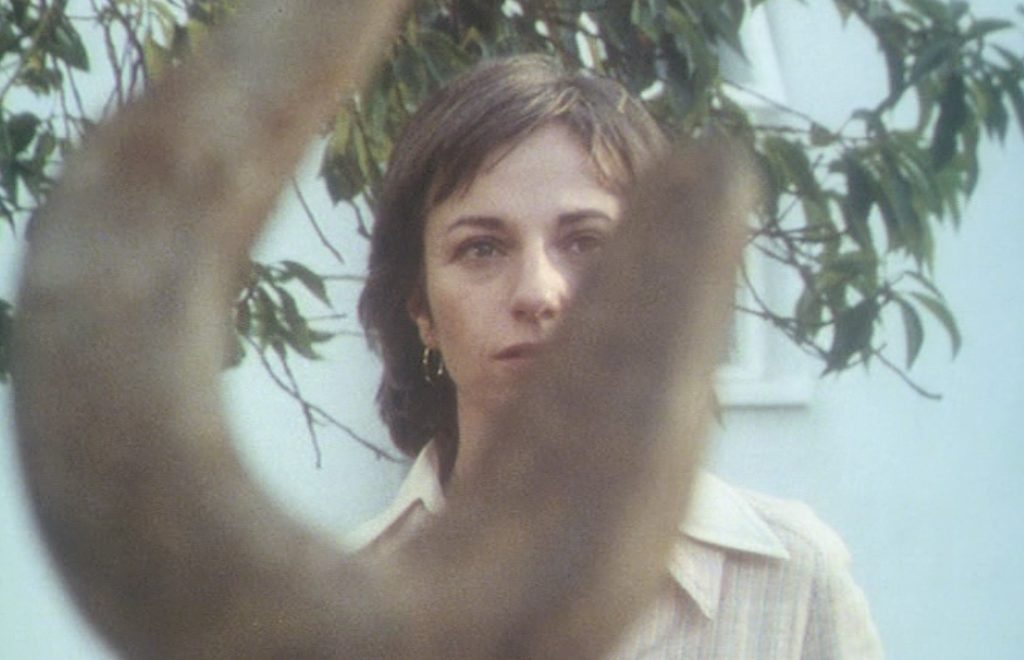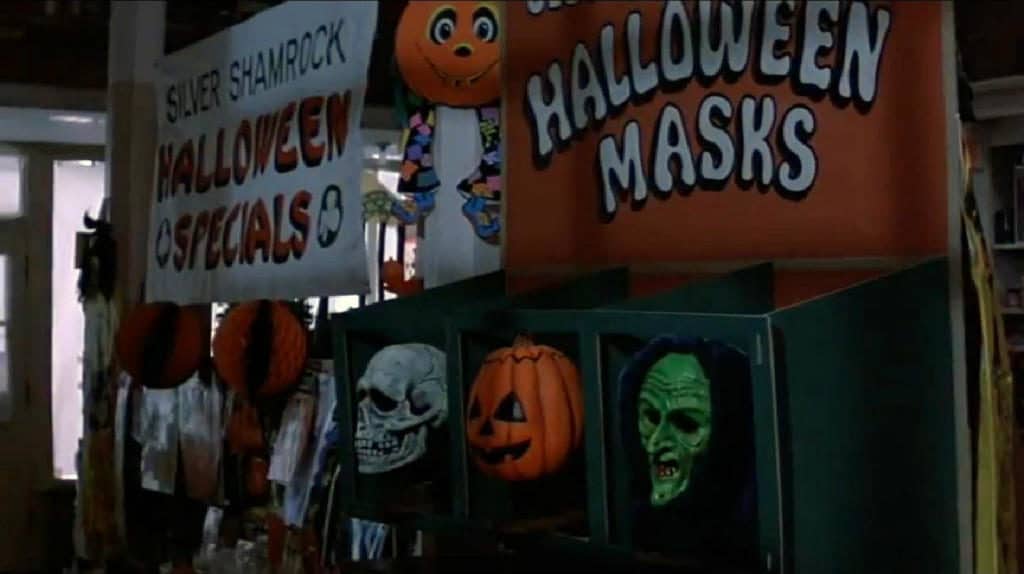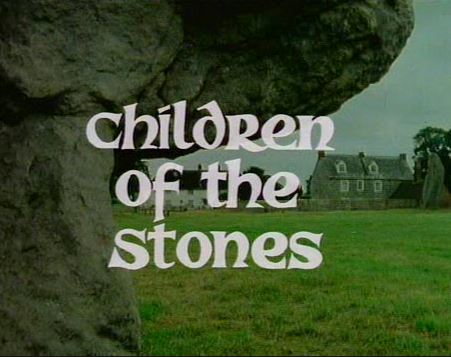“COMPLETE US THE CIRCLE!” STORIES OF STANDING STONES
The numerous standing stones of Britain are familiar, beloved points on our landscape: Stonehenge is now an integral part of the British tourism trade, for instance, bringing in visitors from around the world. There are examples of monoliths and circles throughout the country – over 300 in England alone (and far more in Scotland, that old ‘Other’ for so many horror films.) But, still, comparatively little is known about the purpose of these structures. We can glean that they marked, in some ways, the significance of the seasons, but the finer points of this significance are left to educated guesswork – the kind of guesswork which draws people to these sites for solstice celebrations today. Going back in history, only Romans such as Suetonius and Julius Caesar were there to pass comment on the rites of the Ancient Britons, and they were hardly unbiased commentators. Today, standing stones seem to do two things: they function as markers (of when life was different) and they provide mystery (how did our forebears use these places?) In horror, their importance extends further still: we know that they are in some ways temples to the old gods, but even if we have lost sight of those rituals and those gods, have those gods lost sight of us?
 Consider the implications of interfering with a stone circle in 1977’s Stigma, written by Clive Exton and directed by Lawrence Gordon Clark, who directed several other of the above-mentioned Ghost Story for Christmas TV episodes. It’s also relevant to say that, throughout the TV and cinema of the 1970s, Avebury (the location of Stonehenge and a number of other monuments) crops up several times. In Stigma, a young couple moves into a remote country house, which just so happens to be in the middle of a stone circle. Their renovations – which shift a standing stone – disturb a force that has been long buried, with the resultant action focusing on wife and mother Katherine’s body and what happens to her as a result of this modern transgression. A flawed narrative perhaps, but a story that points directly to the risks of breaking a stone circle, even in the twentieth century – with links arising between Katherine and an uncovered burial beneath the dislodged stone, presumably a ritual sacrifice. This dark side to picturesque and harmless ancient monuments would occur again during the decade.
Consider the implications of interfering with a stone circle in 1977’s Stigma, written by Clive Exton and directed by Lawrence Gordon Clark, who directed several other of the above-mentioned Ghost Story for Christmas TV episodes. It’s also relevant to say that, throughout the TV and cinema of the 1970s, Avebury (the location of Stonehenge and a number of other monuments) crops up several times. In Stigma, a young couple moves into a remote country house, which just so happens to be in the middle of a stone circle. Their renovations – which shift a standing stone – disturb a force that has been long buried, with the resultant action focusing on wife and mother Katherine’s body and what happens to her as a result of this modern transgression. A flawed narrative perhaps, but a story that points directly to the risks of breaking a stone circle, even in the twentieth century – with links arising between Katherine and an uncovered burial beneath the dislodged stone, presumably a ritual sacrifice. This dark side to picturesque and harmless ancient monuments would occur again during the decade.
“HAPPY DAY!”
 In Psychomania (1973), the group of bikers thwarting the rules of life and death do so in wide-shot locations that feature a stone circle, just to underline the strangeness and otherworldliness of the plot in a film which we would probably not otherwise consider here. Along similar lines, and something which definitely seems to fit with the current discussion, it’s still incredible to me that The Children of the Stones (1976) was ever aimed at children, although one of the hallmarks of the 1970s seems to be that the distinction between kid-friendly and adult-friendly content was less clear. Even the public information films of the decade, which intended to caution children against dangerous behaviour, are often remembered today as akin to horror film viewings. I saw Children of the Stones for the first time in the mid-eighties, and it really got under my skin. The story of the village of Milbury – built in the midst of a stone circle (and again set, and filmed, in Avebury) makes for a strange new home to son Matthew and his father, Adam. A creepy story of indoctrination and weird psychic phenomena (and yet another sinister patriarch) ensues, with the stones themselves at the crux of the plot, whereby the circle has come to exist in some sort of time loop, making its influence seemingly inescapable. I have not revisited the series in many years; a mish-mash of terrifying music, blank-eyed schoolfellows and that painting usually drift to mind first when I recall it now.
In Psychomania (1973), the group of bikers thwarting the rules of life and death do so in wide-shot locations that feature a stone circle, just to underline the strangeness and otherworldliness of the plot in a film which we would probably not otherwise consider here. Along similar lines, and something which definitely seems to fit with the current discussion, it’s still incredible to me that The Children of the Stones (1976) was ever aimed at children, although one of the hallmarks of the 1970s seems to be that the distinction between kid-friendly and adult-friendly content was less clear. Even the public information films of the decade, which intended to caution children against dangerous behaviour, are often remembered today as akin to horror film viewings. I saw Children of the Stones for the first time in the mid-eighties, and it really got under my skin. The story of the village of Milbury – built in the midst of a stone circle (and again set, and filmed, in Avebury) makes for a strange new home to son Matthew and his father, Adam. A creepy story of indoctrination and weird psychic phenomena (and yet another sinister patriarch) ensues, with the stones themselves at the crux of the plot, whereby the circle has come to exist in some sort of time loop, making its influence seemingly inescapable. I have not revisited the series in many years; a mish-mash of terrifying music, blank-eyed schoolfellows and that painting usually drift to mind first when I recall it now.
Here, I’d find it remiss not to mention Season of the Witch (1982), a sadly underrated horror story which has long suffered for the baseless link to the Halloween franchise made by the title. It’s not a film usually included in discussions of folk horror (at least to my knowledge) but it’s a neat little nexus for some of the anxieties we’ve been discussing in these features.
 As a clash between the modern and the ancient, first of all, I’d argue that Season of the Witch is second to none: here, fragments of a Stonehenge stone are being added to mass-produced Halloween masks in order to control the wearers via a mass media trigger – TV. The reason given for this is simply to rejuvenate the festival of Samhain, which we modern folks have co-opted as Halloween, a festival where, as antagonist Conal Cochran sneers, people simply send their children “begging for candy”, ignoring the bloodshed and sacrifice originally associated with the Celtic New Year. Well, no more. Here, not only is a standing stone – from the most famous standing stones in the world – integral to the horror, but also it’s physically been transmitted to the New World, where the intention is to wreak havoc – old against new, misunderstood tradition against crass modern. Moreover, not only is America in danger, despite the distance between it and the British Isles, but its beloved free market and TV media are the things being used to promulgate that danger. Never were old and new brought to bear on one another in such a clear, direct way. Witches, Jack O’Lanterns and skulls – magic, ritual and death – via mass sale – transmit the destructive magic of a British standing stone to a crowd of naive and distant victims. Like Count Dracula and his native earth, as he purchases a property in England via modern and legitimate channels, it seems that this malign monolithic power (as it’s imagined here) can be carried and established in a new terrain simply by manipulating the modern system.
As a clash between the modern and the ancient, first of all, I’d argue that Season of the Witch is second to none: here, fragments of a Stonehenge stone are being added to mass-produced Halloween masks in order to control the wearers via a mass media trigger – TV. The reason given for this is simply to rejuvenate the festival of Samhain, which we modern folks have co-opted as Halloween, a festival where, as antagonist Conal Cochran sneers, people simply send their children “begging for candy”, ignoring the bloodshed and sacrifice originally associated with the Celtic New Year. Well, no more. Here, not only is a standing stone – from the most famous standing stones in the world – integral to the horror, but also it’s physically been transmitted to the New World, where the intention is to wreak havoc – old against new, misunderstood tradition against crass modern. Moreover, not only is America in danger, despite the distance between it and the British Isles, but its beloved free market and TV media are the things being used to promulgate that danger. Never were old and new brought to bear on one another in such a clear, direct way. Witches, Jack O’Lanterns and skulls – magic, ritual and death – via mass sale – transmit the destructive magic of a British standing stone to a crowd of naive and distant victims. Like Count Dracula and his native earth, as he purchases a property in England via modern and legitimate channels, it seems that this malign monolithic power (as it’s imagined here) can be carried and established in a new terrain simply by manipulating the modern system.
“IT HAS A POWER…”
This set of concerns is at the heart of a great deal of folk horror: a past believed long-buried and ‘safe’ rears its head again, jutting into a world believed to be so calm, predictable and dependable. Rational people are made to reconsider their values in horrific circumstances; closed communities hold sway, and unsound practices either win out or resume (or often, both). At the heart of all of this is the land itself. Whether it’s what the earth conceals, or the powers it can confer; whether it’s what springs from the earth or the ancient monuments upon it, the land itself is key, and something sinister can always be unearthed…
